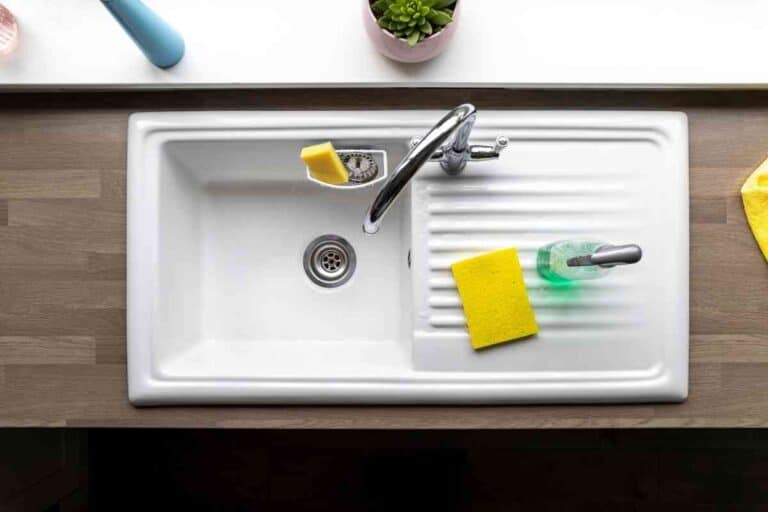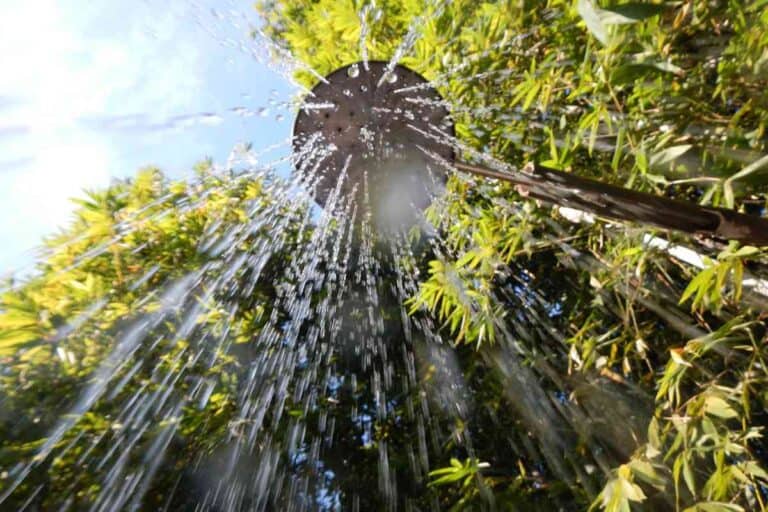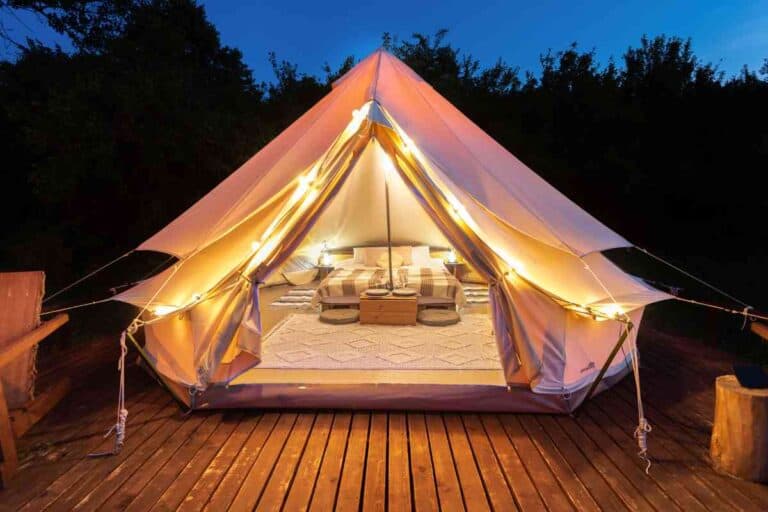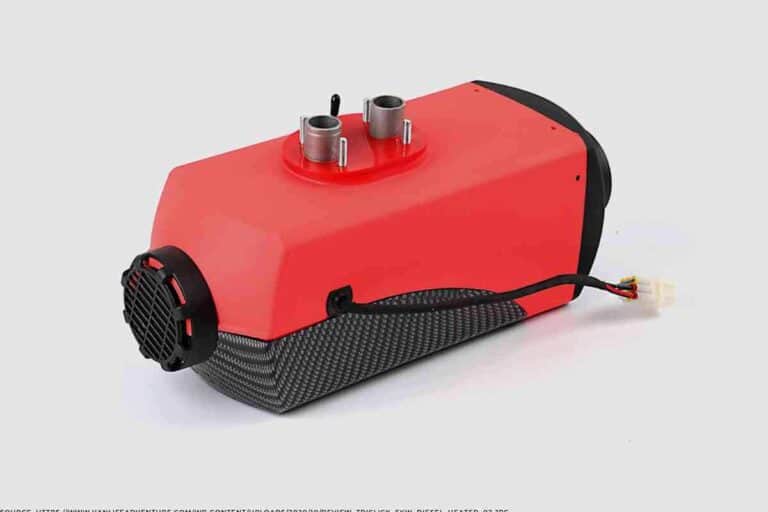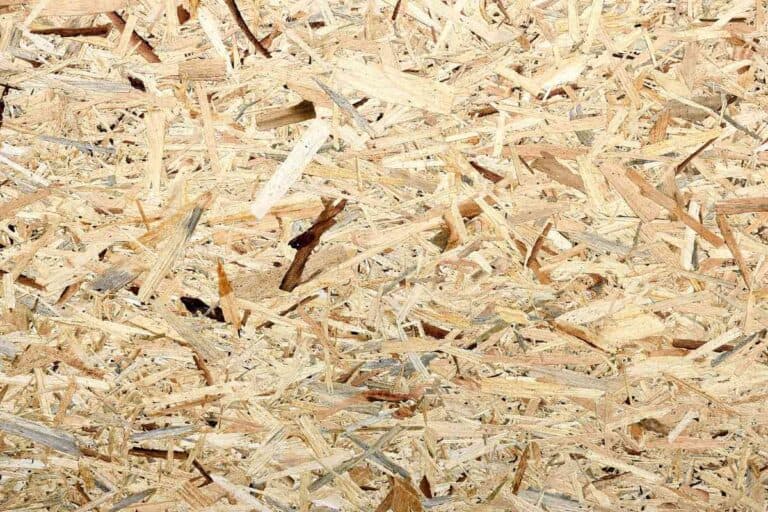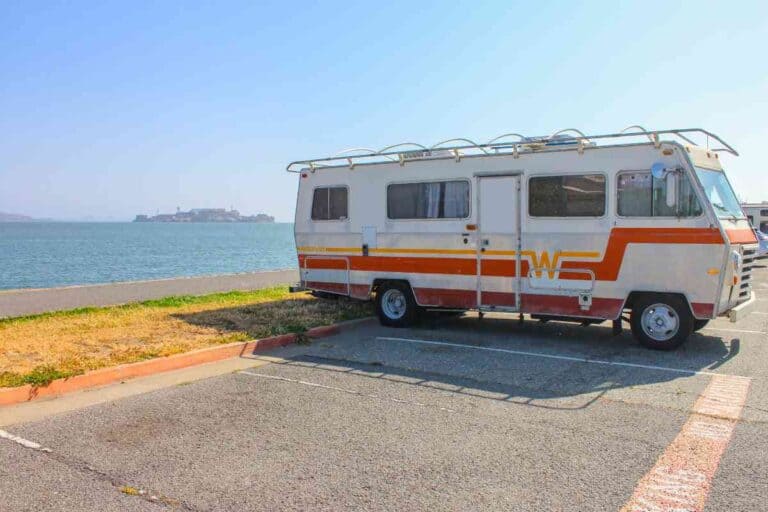Can You Use Flexible Gas Lines On A Fireplace?
Flexible gas lines are an efficient solution for connecting appliances, including fireplaces, to the main gas supply. Whether you’re considering a direct-vent or natural gas fireplace, a flexible gas line offers the adaptability needed for optimal placement of both the fireplace and room furniture, simplifying installation with its ready-to-assemble design.

Related Post! Are Fireplaces Load-Bearing?
Can You Use Flexible Gas Lines On A Fireplace?
Yes, you can use flexible gas lines for fireplaces, including both direct-vent and natural gas models. Flexible gas lines provide the advantage of placement flexibility for the fireplace and furniture in a room, thanks to their pre-assembled design, making installation simpler and allowing for easy adjustments to meet specific layout requirements.
These lines are pivotal for both indoor and outdoor appliance setups, streamlining installations across residential and commercial spaces with their wide range of lengths, diameters, materials, and connection options.
Insights on Flexible Gas Lines

Flexible gas lines, constructed from corrugated stainless-steel tubing, facilitate a secure connection between your gas supply and appliances like fireplaces, stoves, or furnaces. Their protective coatings, typically yellow or black, enhance safety and durability.
Advantages of Flexible Gas Lines
Opting for flexible gas lines over traditional rigid pipes brings numerous benefits, including:
- Swift installation process
- Minimal impact on surrounding areas
- Elimination of welding or soldering needs
- Lower leak risks due to flexibility
- Enhanced safety with non-toxic materials like stainless steel
- Convenient maintenance access
- Better temperature regulation with insulated walls, preventing heat loss in colder environments
These gas lines come pre-assembled for direct attachment to your infrastructure, further easing the installation process. Their self-supporting nature eliminates the need for extra supports, reducing overall costs.
Related Post! Is It Safe to Roast Marshmallows in a Gas Fireplace?
How is a Flexible Gas Line Connected to an Appliance?
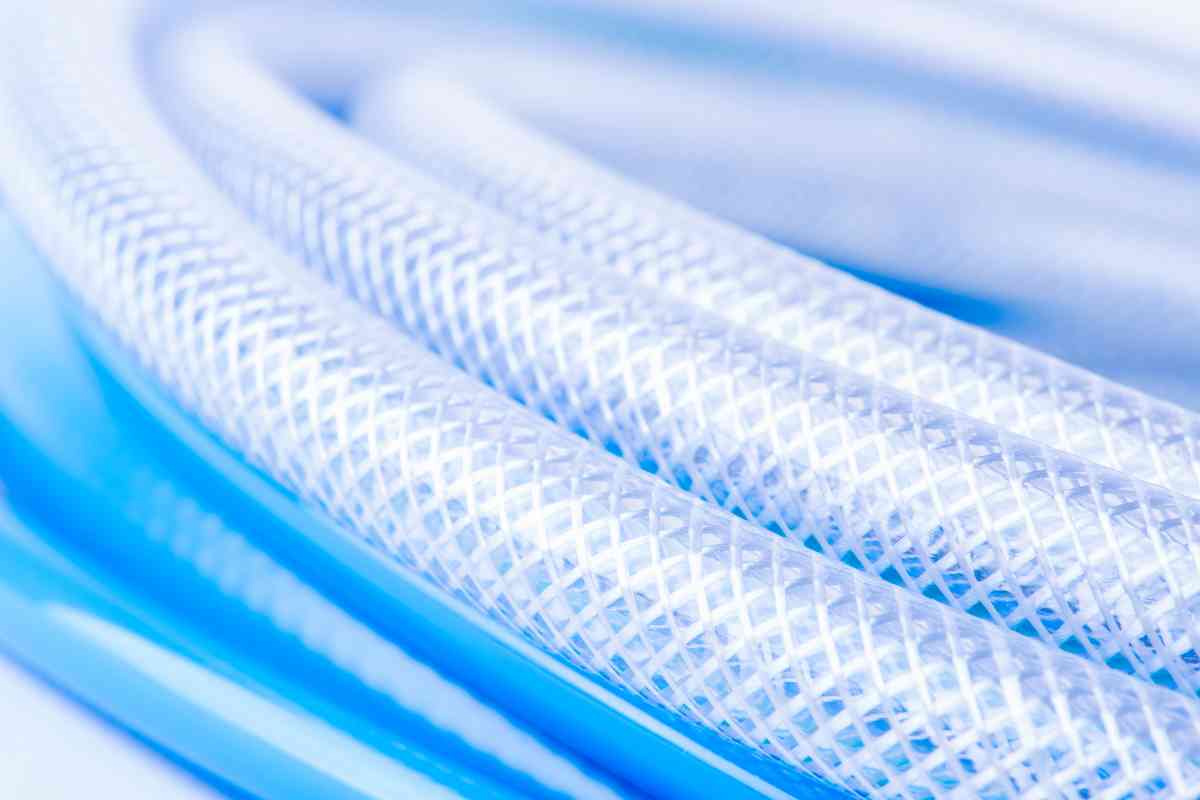
Connecting appliances such as a stove top burner or hot water heater typically involves a dual-part setup, with one segment linking to pre-existing hard piping systems, and the other to the appliance needing connection, like a stovetop.
A union connector facilitates the merge of these two segments, offering a secure attachment through either threaded ends or metal flanges secured by bolts/screws. The choice of connector type influences the installation method.
Flexible Gas Lines for Fireplace Installations
For fireplace installations, including direct-vent or natural gas models, flexible gas lines are highly versatile. Their pre-assembled structure simplifies gas line installation, promoting flexibility in room layout and furniture placement. When installing, it’s crucial to adhere to manufacturer guidelines concerning bend radius and length to prevent gas leaks or ruptures.
Compliance with local building codes is essential, often specifying materials for either indoor or outdoor applications.
Related Post! Do Fireplaces Make Your House Colder? Answered!
Materials in Flexible Gas Lines
These lines are commonly crafted from stainless steel or rubber materials, or a combination thereof. Stainless steel is favored for its strength, durability, and flexibility, making it ideal for integrating appliances into the existing piping with minimal disruption. Rubber materials offer shock absorption in vibratory environments and resist corrosion and leaks, ensuring safety and longevity.
Safety in Fireplace Installation
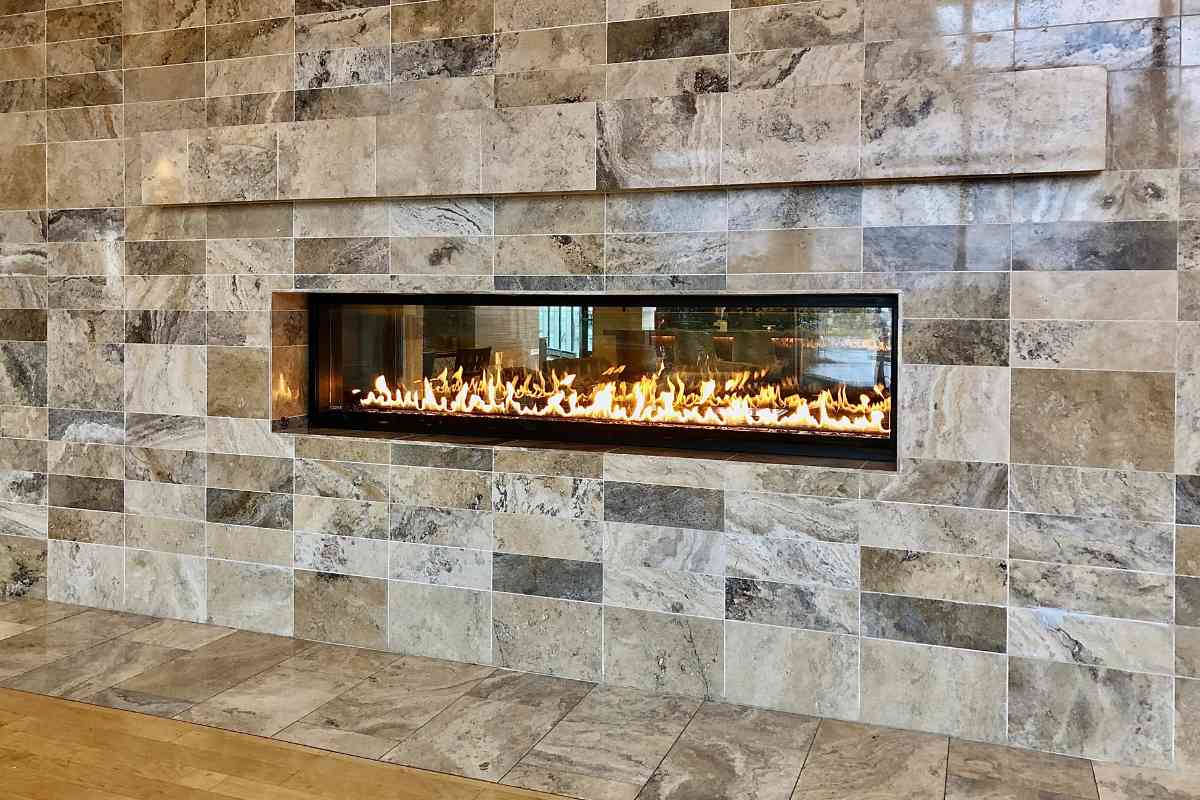
Key safety considerations for fireplace installations using flexible gas lines include:
- Pre-use inspection of all parts
- Adhering to a maximum length of 3 feet for the flexible pipe
- Selecting the correct line size based on manufacturer recommendations
- Secure fitting connections
- Following local codes, which may require copper materials for outdoor settings
Enlist a qualified plumber for any adjustments, ensuring expertise in plumbing standards and local jurisdiction requirements.
Related Post! The Ultimate Guide to Firewood: Types, Preparation, and Storage
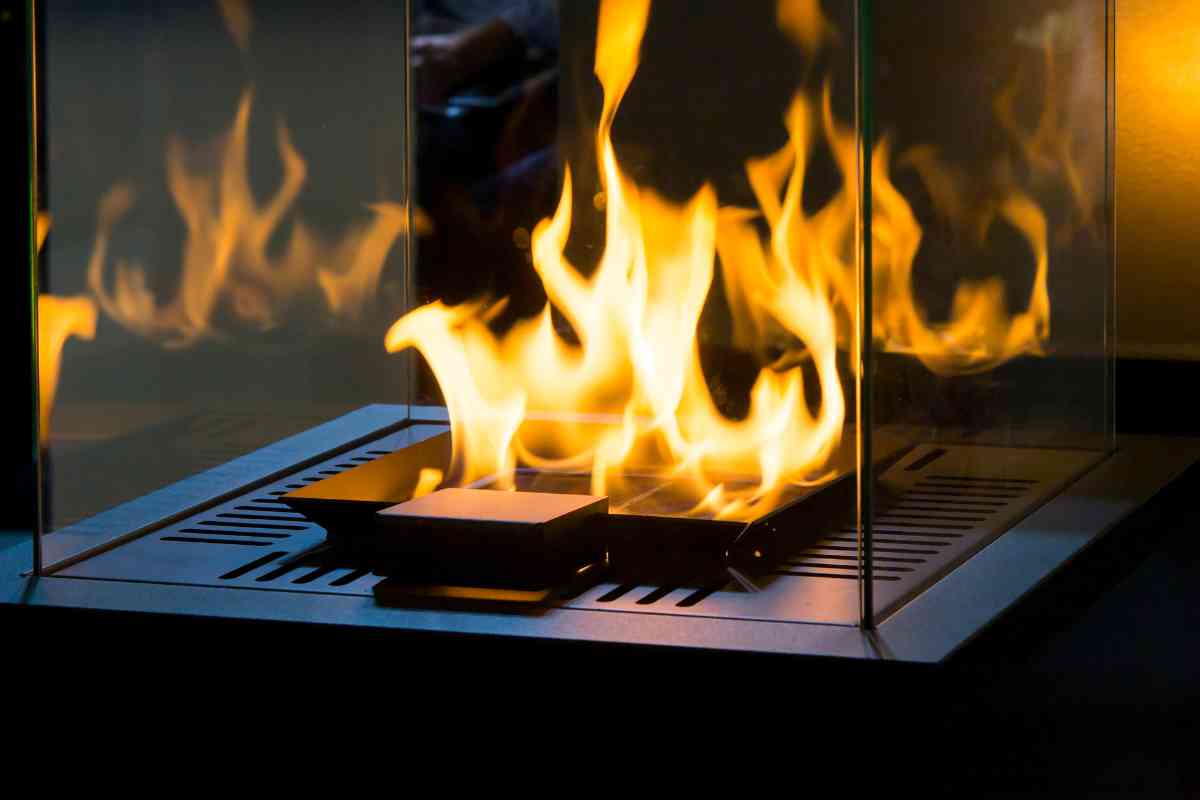
Installing Corrugated Stainless Steel Tubing (CSST)
CSST serves as an alternative to traditional flexible gas pipes in various applications, including fireplaces. It’s prized for durability, strength, and corrosion resistance, fitting for outdoor conditions. Installation demands:
- Prior inspection of components
- Compliance with local building codes for material usage
- Correct sizing of the line
- Proper fittings application without overtightening
- Adequate support structures, such as wall anchors or brackets, as per product specifications
Whether upgrading your hearth or firebox, incorporating flexible pipes or CSST offers a streamlined, safe, and efficient method to enhance your gas appliances with plumber guidance, improving your home’s gas supply management.
Common Issues With Natural and Direct Vent Fireplaces Connected With a CSST
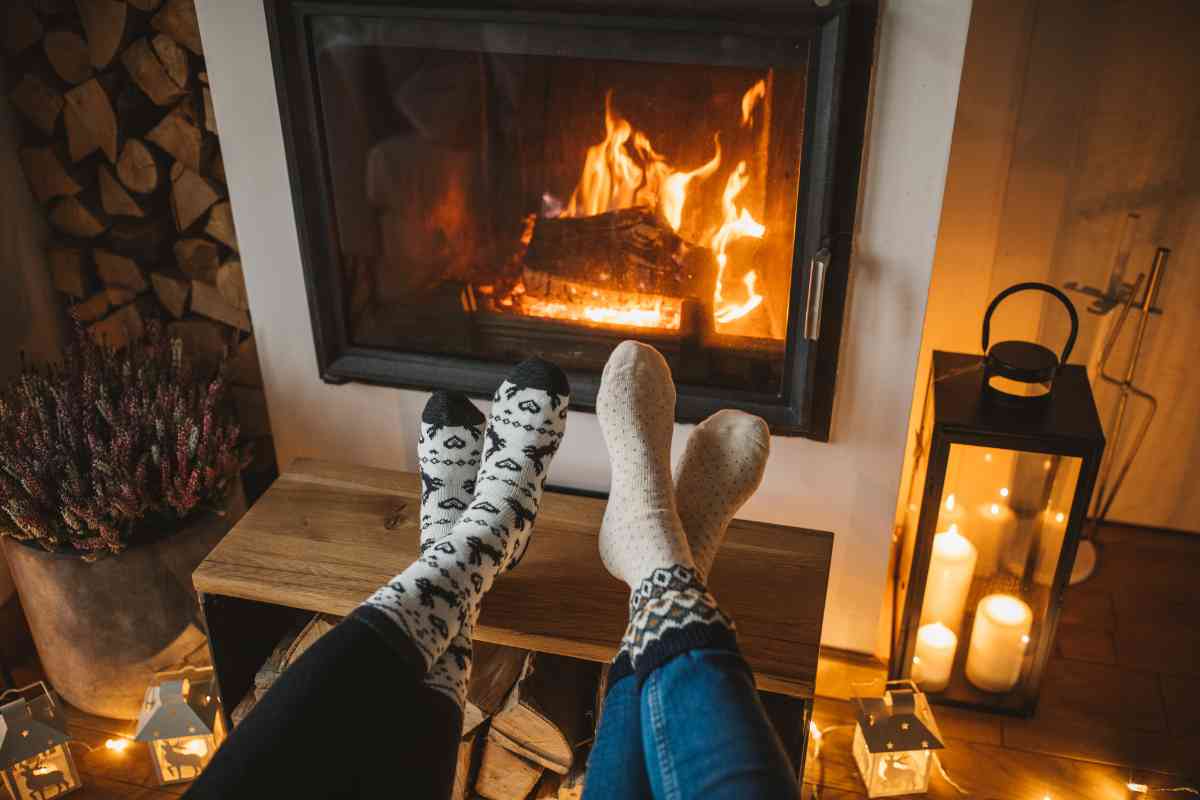
Issues can arise with natural and direct vent fireplaces connected via CSST. They are mainly related to improper installation techniques resulting in leaks or corrosion due to inadequate protection against outside elements such as rain/snow.
Therefore, if flex lines are being used instead, then these must be installed correctly following manufacturer instructions regarding minimum bend radius/lengths. Otherwise, it could lead to premature failure at some point down the line due to poor stress distribution across them during operation times.
Flexible gas lines cannot go through walls, ceilings, or floors. Therefore, you must use creativity when installing. And the best part is to call professionals as they know how they can hide the cables.

